There are so many sites like Slack. In recent years, Slack has become one of the most popular tools for team collaboration and communication. It’s important to always remember that the platform certainly changed the way people work; the website became irreplaceable for many businesses around the world. However, as great as Slack is, there are a number of even better tools. In this article, we will review the top five alternatives to Slack that offer superior features, functionality, and flexibility for team collaboration and communication.
Whether you’re looking for a tool that can help you manage projects, share files, or communicate with your team members in real time, there are several options available that can help you take your productivity and collaboration to the next level. We have carefully evaluated a range of alternatives to Slack and have identified the top five tools that are worth considering.
Each of the tools we will review in this article offers unique features and capabilities that can help your team stay organized, focused, and connected. We will explore the core of each online tool and provide practical tips on how to get the most out of them.
The goal is to provide you with relevant information. So, hopefully you’ll find a tool on this list that suits your needs. So, without further ado, let’s dive into the top five alternatives to Slack that you should consider for your team collaboration and communication needs.

Top 1 Alternative: Microsoft Teams
Microsoft Teams is one of the best alternatives to Slack in the market. It is a collaboration platform that offers a wide range of features for communication, project management, and file sharing. Let’s discuss the key features of this very first tool on our list of the top 5.
Communication Tools:
Microsoft Teams offers a variety of communication tools that make it easy to stay connected with your team. Users can send instant messages, make audio or video calls, and host online meetings with up to 10,000 participants. The platform also offers a feature that allows users to record meetings and access them later.
Project Management:
Microsoft Teams provides robust project management tools that help teams stay organized and on track. It offers a shared workspace where users can create channels for different projects or teams. Users can also set up tasks, assign them to team members, and track progress in real-time. The platform integrates with Microsoft Planner, which is a task management tool that helps users create and manage projects and tasks.
File Sharing:
Microsoft Teams offers a secure platform for file sharing. It is super easy for team members to access and collaborate on documents, presentations, and other files. Users can store files on SharePoint or OneDrive and share them with specific team members or channels. The platform also offers version control, so team members can see the latest version of a file and access previous versions if needed.
Integration:
Microsoft Teams integrates with a variety of tools and apps, including Microsoft Office 365, Trello, and Salesforce. This makes it easy for teams to access everething they might need in one single place; there is no need to switch between different applications.
Security:
Microsoft Teams offers top-notch security features to protect sensitive information. It has multi-factor authentication, data encryption, and compliance with international data protection regulations.
Overall, Microsoft Teams is an excellent alternative to Slack for businesses that prioritize security, collaboration, and customization. Its advanced security features, collaboration tools, customization options, and ease of use make it an all-in-one platform that can cater to businesses of all sizes.

Top 2 Alternative: Google Meet
Google Meet is a communication and collaboration platform developed by Google. It is a video conferencing tool that enables users to host virtual meetings and webinars with up to 250 participants. In addition to video and audio capabilities, Google Meet also includes chat and collaboration features that make it a great alternative to Slack.
Ease of Use and Accessibility
Google Meet is old but… No one could replace its ease of use. It doesn’t require any downloads or installations and can be accessed directly from a web browser. This makes it accessible to anyone, regardless of their technical expertise. Furthermore, Google Meet is integrated with other Google tools like Google Calendar and Gmail, making it easy to schedule and join meetings.
Video and Audio Quality
Google Meet is equipped with features that ensure high-quality video and audio. It uses a noise-canceling technology that filters out background noise and enhances the clarity of the speaker’s voice. Additionally, it has a layout that optimizes the video feed of active speakers and displays them in a grid format. The platform also allows users to share their screens, presentations, and documents during the meeting.
Chat and Collaboration Features
Google Meet offers chat and collaboration features that make it easy for users to share ideas and collaborate in real-time. Participants can use the chat feature to send messages, links, and files during the meeting. Moreover, the platform integrates with other Google tools like Google Docs, Sheets, and Slides, allowing users to collaborate on documents in real-time.
In simple words, Google Meet is a loyal and user-friendly communication platform that offers features that are comparable to Slack. With its ease of use, accessibility, and high-quality video and audio capabilities, Google Meet is a great alternative for teams who want to collaborate and communicate effectively.

Top 3 Alternative: Zoom.us
Zoom.us gained its popularity during COVID-19. It is a cloud-based video conferencing platform that has been gaining popularity due to its easy-to-use interface and seamless integration with other tools. It is a great alternative to Slack when it comes to virtual meetings and remote collaborations.
Video Conferencing
Zoom is known for its high-quality video and audio conferencing capabilities, making it an ideal choice for remote teams. It allows users to join meetings from their desktops, mobile devices, or even through a web browser. Participants can also share their screens, co-annotate, and record meetings for future reference.
Virtual Collaboration
Zoom also offers a range of virtual collaboration tools, such as file sharing and whiteboarding, that make it easy for team members to work together even if they are in different locations. Users can collaborate in real-time by sharing ideas and feedback, making Zoom a great option for brainstorming sessions.
Security and Privacy
Zoom has taken several measures to enhance the security and privacy of its users. It uses end-to-end encryption for all meetings, and participants need to be authenticated before joining a meeting. Zoom also allows hosts to control access to meetings and to lock meetings to prevent unauthorized access.
Integration
Zoom can be integrated with a range of other tools, including Slack, Google Drive, and Microsoft Teams. This makes it easy for teams to transition from one tool to another; teams can access all the necessary features in one place.
The bottom line: Zoom is a great alternative to Slack when it comes to virtual meetings and collaborations. Its video conferencing and virtual collaboration features, combined with its security and privacy measures, make it a popular choice for remote teams.

Top 4 Alternative: Twist
When it comes to team communication, Twist is an excellent alternative to Slack. This platform offers a unique take on messaging by emphasizing organized and threaded conversations. Twist is designed for teams that value structure and want to reduce the clutter and noise of traditional messaging apps.
Threaded Conversations
Twist is built around the concept of threaded conversations, which is a unique feature that makes it stand out from other messaging apps. Unlike Slack, where messages are displayed in a continuous stream, Twist organizes messages into threads. This way, users can focus on one topic at a time and avoid distractions from other conversations.
Channels and Inbox
Twist also offers a similar channel-based structure to Slack, allowing users to organize their conversations around specific topics, teams, or projects. However, Twist has an additional feature called Inbox, which collects all the direct messages and mentions a user receives in one place, making it easier to manage communication.
Privacy and Security
Twist offers a strong emphasis on privacy and security, which is particularly important for teams dealing with sensitive information. The platform uses end-to-end encryption, meaning that only the sender and recipient can access the message content. Additionally, Twist provides customizable notification settings, so users can choose when and how they want to be notified.
Integrations and Customization
Like Slack, Twist offers a range of integrations with other popular apps and services, such as Trello, GitHub, and Zapier. Twist also offers customization options, such as the ability to set custom statuses and control notification settings.
Overall, Twist is an excellent alternative to Slack, particularly for teams that value organization, privacy, and security. Its threaded conversations and Inbox features help teams stay focused, while its privacy and security features ensure that sensitive information is kept safe.

Top 5 Alternative: Mattermost
Mattermost is a popular open-source messaging and collaboration tool that offers similar features to Slack. It is a self-hosted solution that provides control over data privacy and security, making it a preferred choice for companies that require high levels of data control.
Features
Mattermost offers many features similar to Slack, such as team messaging, video conferencing, and file sharing. However, it also offers several unique features that make it stand out from other Slack alternatives.
Customizable UI:
Mattermost allows users to customize their interface to match their specific needs. This means users can choose to display only the features they use most often and hide others they don’t need.
Enterprise-Grade Security:
Mattermost is designed with enterprise-grade security in mind. It offers features like data encryption, multi-factor authentication, and compliance with various data protection regulations.
Self-Hosted Solution:
Mattermost is a self-hosted solution. This platform that can be deployed on-premises; the tool can be accessed in a private cloud, or a public cloud. No doubts, it sounds like an ideal choice for companies that require control over their data and do not want to rely on a third-party service.
Integrations: Mattermost offers a wide range of integrations with popular business tools like Salesforce, Jira, and GitHub. This allows users to streamline their workflow and easily switch between applications.
Pricing
Mattermost is available in three different editions: Enterprise E10, Enterprise E20, and Enterprise E100. The E10 edition is free and includes many basic features. The E20 and E100 editions include additional features and support, and their pricing is based on the number of users.
Mattermost is a powerful and versatile Slack alternative that offers several unique features and customization options. Its self-hosted nature makes it a great choice for companies that require control over their data and security. However, its pricing can be a bit steep for larger teams, and its user interface may take some time to get used to.

FAQ Section: Top Slack Alternatives
What Are Top Slack Alternatives for Team Communication and Collaboration?
Slack is a popular collaboration tool and social interraction tool; but there are several alternatives available in the market that offer similar or even better features. Microsoft Teams is a great option for those who need a highly secure platform with robust compliance features. Google Meet, on the other hand, provides a simple and easy-to-use video conferencing solution with added collaboration features.
Zoom offers an all-in-one platform for video conferencing, messaging, and file sharing, making it a great choice for remote teams. Twist offers threaded messaging for organized communication and Asana integration for easy task management. Finally, Mattermost offers a self-hosted solution for those who require complete control over their data and privacy. Each of these Slack alternatives has its unique features and strengths, so it’s essential to consider your team’s specific needs before deciding which tool to use.

What Are the Best Team Communication Platforms Beyond Slack?
Slack has been a popular team communication platform for many years. However, several alternative platforms have gained popularity recently. Microsoft Teams is one such platform, providing video conferencing, file sharing, and collaboration tools, all in one place. Google Meet is another option that combines video conferencing and chat features.
Zoom is also a popular choice, offering video conferencing, screen sharing, and whiteboarding. Twist, on the other hand, provides organized team communication through threads and channels, making it easy to stay focused on specific topics. Lastly, Mattermost is a self-hosted, open-source platform that offers secure messaging, file sharing, and integrations with other tools. Each of these platforms has its own unique features, making it important to consider what you need for your team’s communication and collaboration.
As remote work becomes increasingly common, finding the best team communication platform beyond Slack is crucial. Whether it’s for remote team collaboration or simply for staying in touch with coworkers, these alternatives provide a range of features to help teams work together efficiently.

What are Alternative Communication Tools for Remote Teams?
The shift towards remote work requires efficient communication. Aside from Slack, there are several other alternatives that offer great communication features for remote teams.
Microsoft Teams is a comprehensive tool that offers video conferencing, chat, file sharing, and collaboration features. Google Meet is another option that provides video conferencing and chat features. Zoom is also a popular alternative, especially for video conferencing, and it offers various plans to fit different team sizes and needs.
Twist is also a good choice that offers thread-based conversations for better organization. Lastly, Mattermost is an open-source tool that provides secure messaging and collaboration features. These are just some of the alternative communication tools available to remote teams, each with their own unique features and advantages. It’s essential to consider the specific needs of your team and choose a tool that fits those requirements.

What Are Top-rated Slack Replacements for Efficient Team Communication?
If you’re looking for a Slack replacement, there are plenty of top-rated options to consider.
One such option is Microsoft Teams, which offers a wide range of features for team communication and collaboration. Another option is Google Meet, which combines video conferencing with chat and collaboration features.
For those who prioritize security, there’s Mattermost, which offers self-hosted options for added control over data. Twist is a great option for teams who prefer a more organized, thread-based approach to communication.
Finally, Zoom has proven to be an effective alternative for video conferencing and screen sharing, with many useful features like virtual backgrounds and breakout rooms.
Each of these Slack alternatives has its own strengths and features that can help your team communicate and collaborate more efficiently. By exploring different options, you can find the best platform for your team’s unique needs.

What Are the Top Collaboration Tools to Replace Slack in 2023?
In 2023, there are several collaboration tools that can replace Slack effectively. Google Meet is a popular video conferencing tool that also offers chat and collaboration features. Microsoft Teams is another powerful platform that provides excellent security features, making it a great choice for businesses that deal with sensitive information. Zoom is a great option for remote teams that need reliable video conferencing and screen sharing capabilities. Twist is a communication platform that prioritizes organized and focused conversations, making it an ideal choice for teams that need to streamline their communication. Mattermost is an open-source messaging platform that allows teams to communicate and collaborate on a secure and customizable platform.
Overall, choosing the best alternative to Slack will depend on the unique needs of your team.

What Are The Best Slack Alternatives for Business Needs?
When it comes to business needs, there are several Slack alternatives that can be considered. Microsoft Teams, for example, offers robust security features and seamless integration with Microsoft Office tools. Google Meet, on the other hand, is a video conferencing tool that also offers chat and collaboration features. Zoom is another popular choice, with its user-friendly interface and features such as virtual backgrounds and breakout rooms.
For teams that prefer a more organized and streamlined approach to communication, Twist may be a suitable alternative. It offers threaded conversations, customizable notifications, and a focus on asynchronous communication. Lastly, Mattermost is an open-source platform that provides enterprise-grade security and customizable workflows.
It’s essential to consider factors such as security, scalability, integrations, and ease of use when selecting a collaboration tool.

What Are Effective Alternatives to Slack for Remote Teams?
Slack has been a popular communication tool for remote teams, but it’s not the only option available. If you’re looking for alternatives to Slack, there are several effective tools that can help your remote team stay connected and productive.
One alternative is Microsoft Teams, which offers video conferencing, file sharing, and collaboration features. With its seamless integration with other Microsoft applications, it can be a great choice for businesses already using Office 365.
Another option is Zoom, which is primarily a video conferencing tool but also offers features such as messaging and file sharing. Its user-friendly interface and high-quality video make it a popular choice for remote teams.
Another effective alternative to Slack is Twist, which emphasizes thoughtful communication and organization. Its threaded messaging system helps keep conversations organized and focused, making it a great choice for teams that value clarity and collaboration.
For those who prioritize data privacy and security, Mattermost is a great alternative to Slack. It offers end-to-end encryption, self-hosting options, and compliance with industry standards like HIPAA and GDPR.
Overall, there are many effective alternatives to Slack that can meet your team’s specific needs. Whether you prioritize collaboration, organization, or security, there is likely a tool that can help your team communicate effectively and efficiently.

What Other Team Communication Tools Are There Besides Slack?
Many other platforms can provide similar functionality and cater to different needs.
One such tool is Microsoft Teams, which offers a comprehensive suite of collaboration features, including document sharing and video conferencing. Google Meet is another popular option, particularly for those already using G Suite applications. It provides seamless integration with other Google apps and allows for easy scheduling and hosting of meetings.
For teams that prefer a more visual approach to communication, Trello is an excellent alternative. It allows its users to better organize tasks and information on a virtual board.
Monday.com is another option that’s gaining popularity for its intuitive interface and customizable workflows.
If you’re looking for a platform that’s more privacy-focused, then Signal may be the right choice. It’s a secure messaging app that provides end-to-end encryption and doesn’t collect any user data. For teams that rely heavily on video conferencing, Zoom is another excellent alternative to Slack, with advanced features such as virtual backgrounds and recording meetings.
In summary, Slack is undoubtedly a fantastic tool for team communication, but it’s not the only one out there. Teams have various other options to choose from, each with unique features and functionality that cater to different needs.

What Are The Best Alternatives to Slack for Seamless Collaboration?
There are effective tools that can seamlessly replace Slack. Here are a few examples:
- Microsoft Teams – this tool offers a range of features for collaboration and communication, including chat, video meetings, file sharing, and integration with other Microsoft apps.
- Google Meet – this video conferencing tool is part of the G Suite.
- Chanty – an AI-powered team chat tool that offers features like voice and video calls, screen sharing, and task management.
- Flock – this team communication tool offers a range of features such as team messaging, video calls, and integrations with popular apps.
- Discord – primarily known as a communication tool for gamers, Discord can also be used for team communication and collaboration, with features like voice and video calls, screen sharing, and file sharing.
These alternatives to Slack offer a range of features that can help remote teams communicate and collaborate seamlessly. Each tool has its own strengths and weaknesses, so it’s important to choose the one that best suits your team’s needs.













